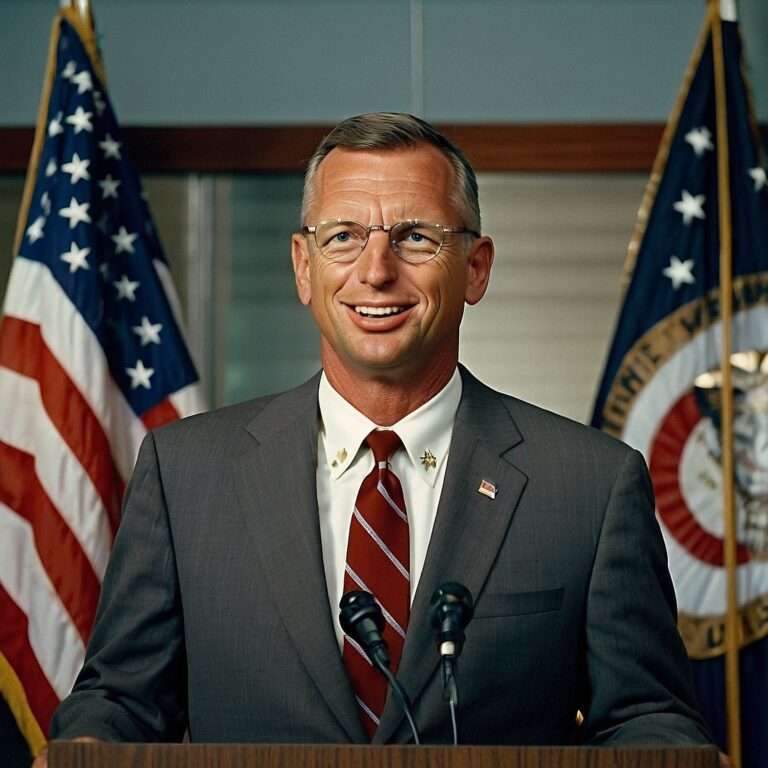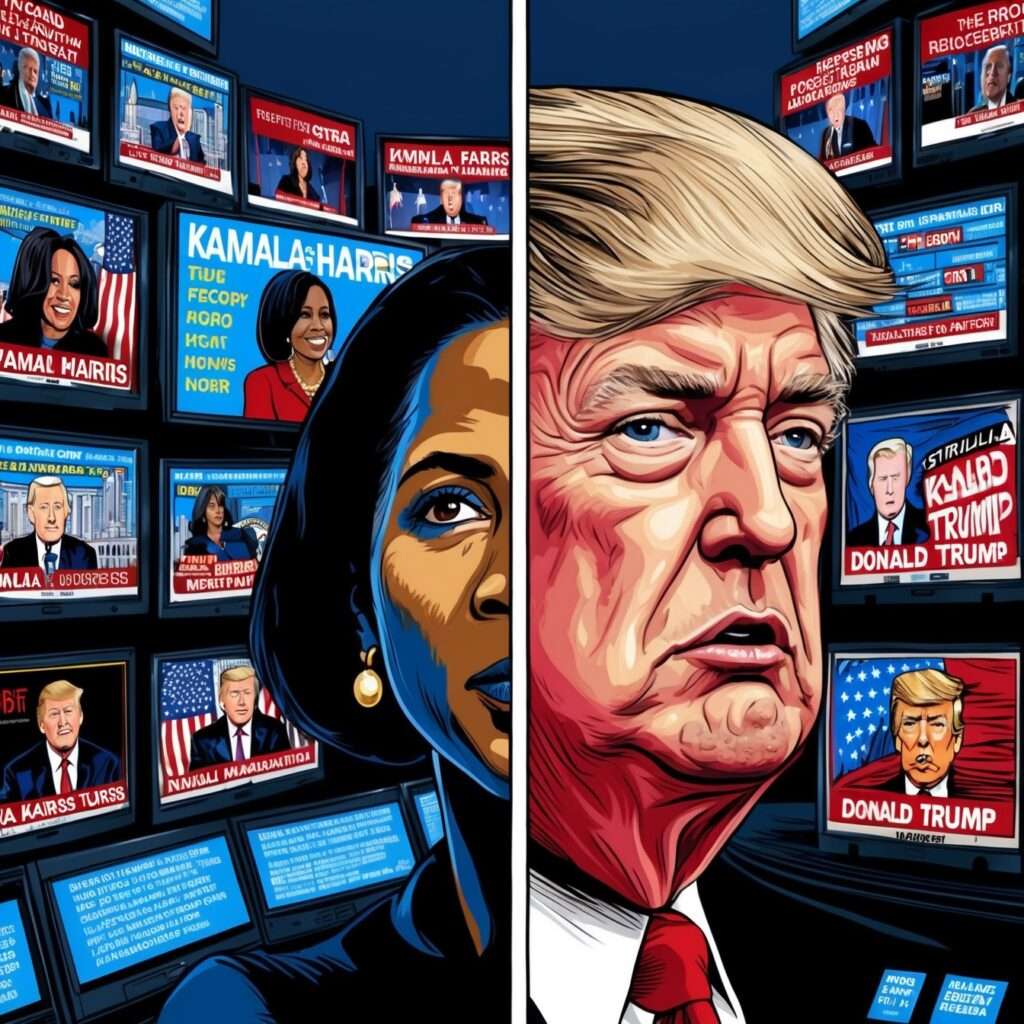
In the lead-up to the 2024 presidential election, the media coverage of Trump and Harris has been a topic of intense scrutiny. The contrasting media narratives surrounding these two candidates reveal stark differences in both quantity and tone of reporting. Trump, often criticized for his controversial remarks and actions, faces overwhelmingly negative coverage, while Kamala Harris enjoys significantly more positive attention. This disparity in Trump and Harris media coverage is shaping public perception and could have a lasting impact on their electoral chances.
As Harris’s campaign team reflects on the loss, it’s clear that while her media strategy was crafted to boost her image, it ultimately fell short in a deeply polarized electorate. On the other hand, Trump’s campaign, bolstered by earned media—primarily through controversies, rallies, and relentless media coverage—managed to secure him another term in office.
In this article, we’ll explore how the media’s portrayal of the two candidates shaped the outcome of the election, the financial discrepancies in campaign spending, and how Harris’s approach to paid media failed to deliver the results she needed.
Media Coverage: A Double-Edged Sword for Harris
From the outset of the 2024 race, media coverage played a pivotal role in defining the public’s perception of both Kamala Harris and Donald Trump. According to post-election analysis, Harris received 84% positive media coverage from major networks like CNN, ABC, CBS, and NBC. Her favorable media image was supposed to serve as a significant asset, especially in contrast to Trump’s media profile. However, Trump’s 89% negative coverage worked in his favor by reinforcing his image as a political outsider and victim of the so-called “establishment bias.”
In hindsight, many analysts now view Harris’s positive media coverage as part of a broader narrative that struggled to resonate with voters. While Harris benefitted from positive portrayals, the constant barrage of favorable press coverage could not overcome the skepticism surrounding her leadership. She was often perceived as more of a media creation than an authentic leader who could connect with average voters. Many commentators have argued that the very positivity of her coverage may have alienated undecided voters who saw it as overly polished or disconnected from their day-to-day struggles.
In stark contrast, Trump’s negative media coverage often played into his advantage. Despite constant attacks from the press, his media strategy seemed to work on two fronts. First, the relentless scrutiny kept him in the headlines, ensuring that his voice was never out of the public’s mind. Second, it solidified his image as the defender of the “forgotten” American citizen, someone constantly under siege by an out-of-touch media and political elite. For many voters, especially those in key swing states, the negative press seemed to validate Trump’s stance against the establishment.
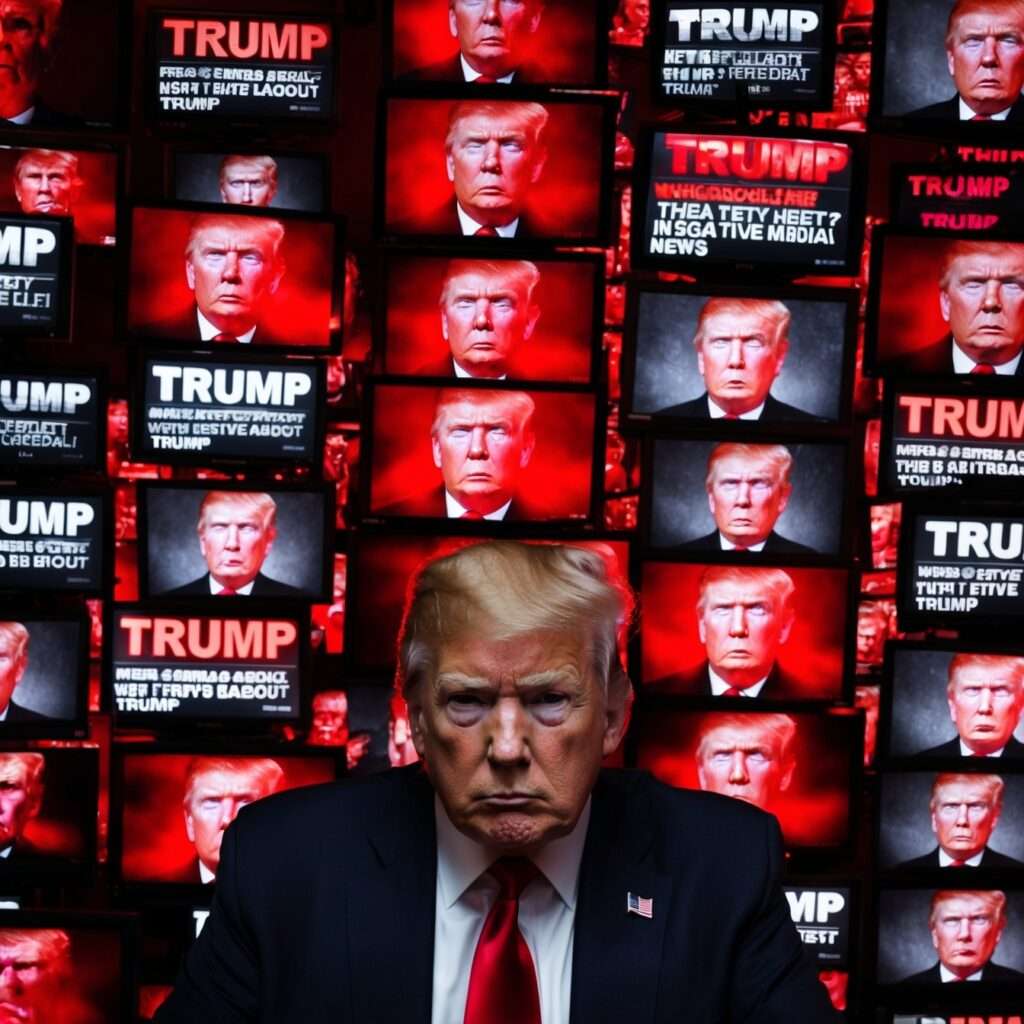
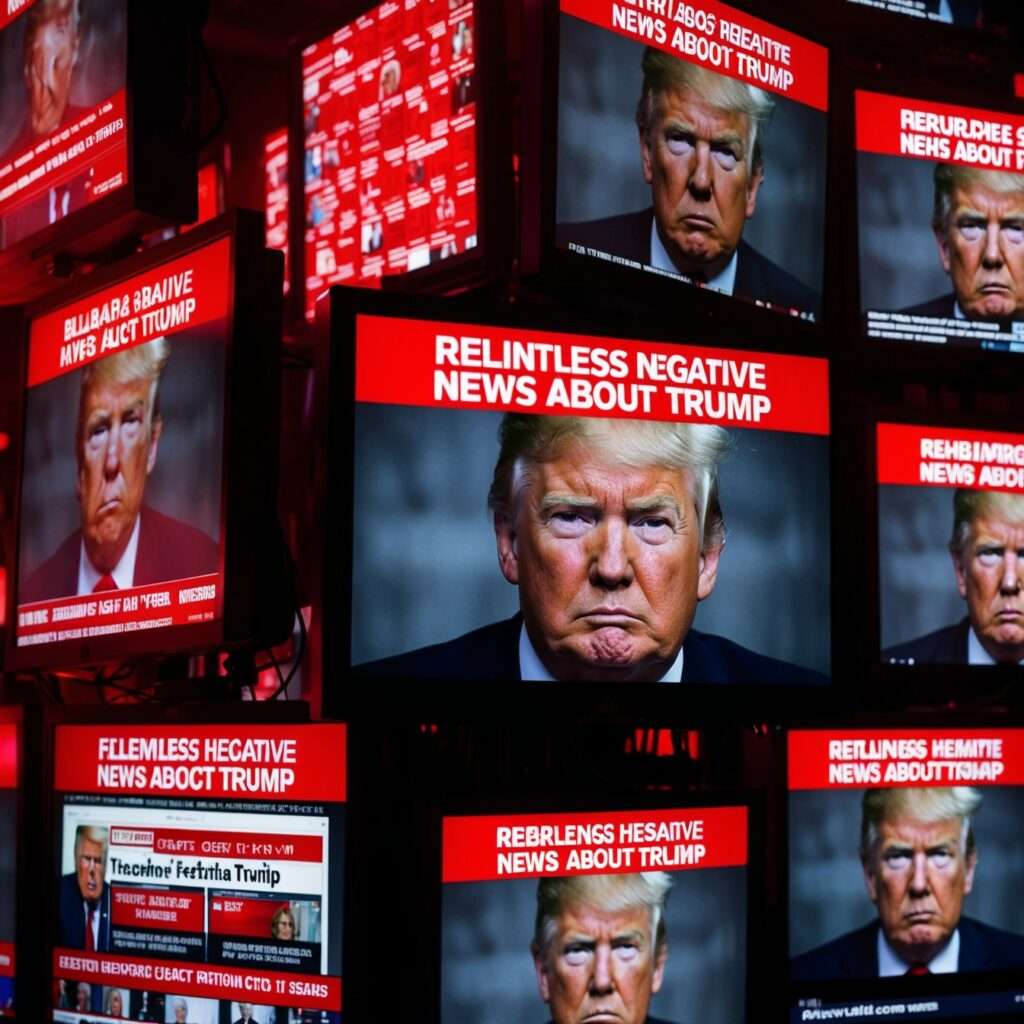
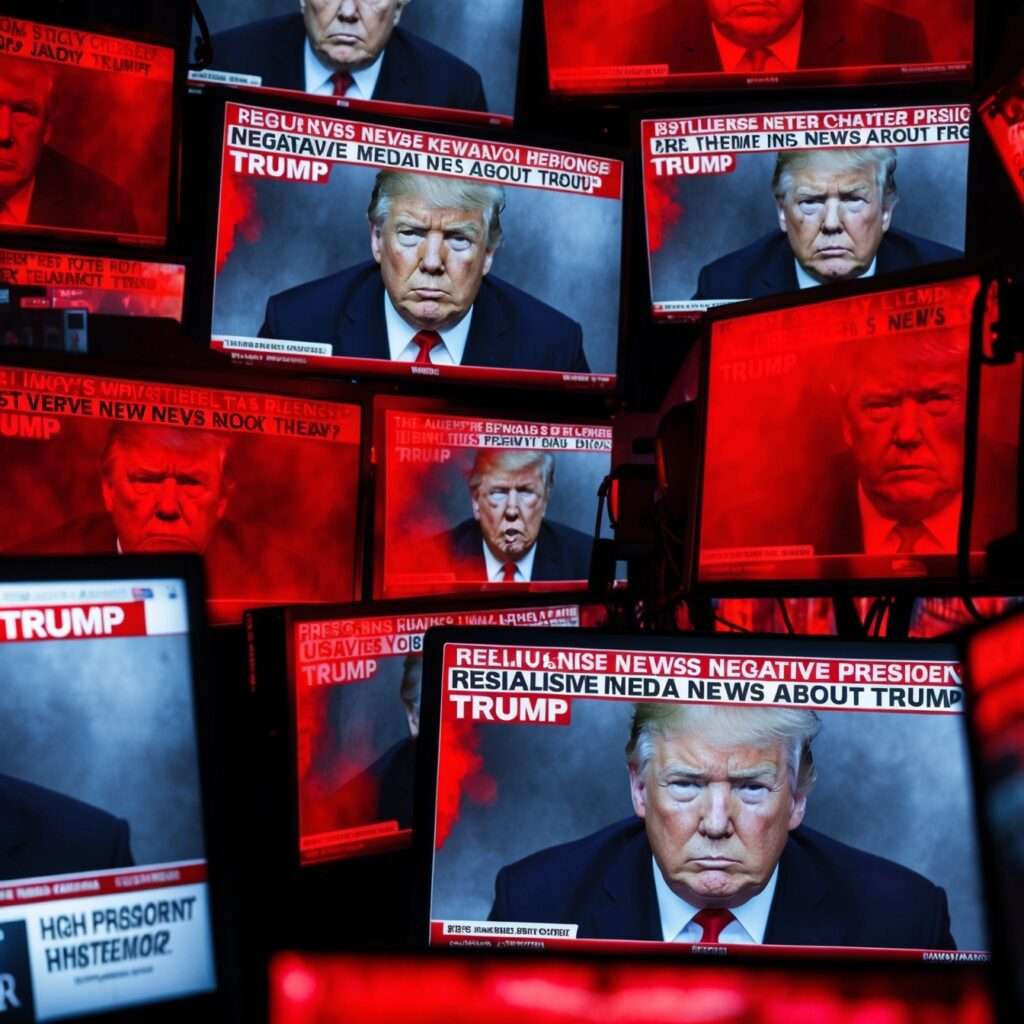
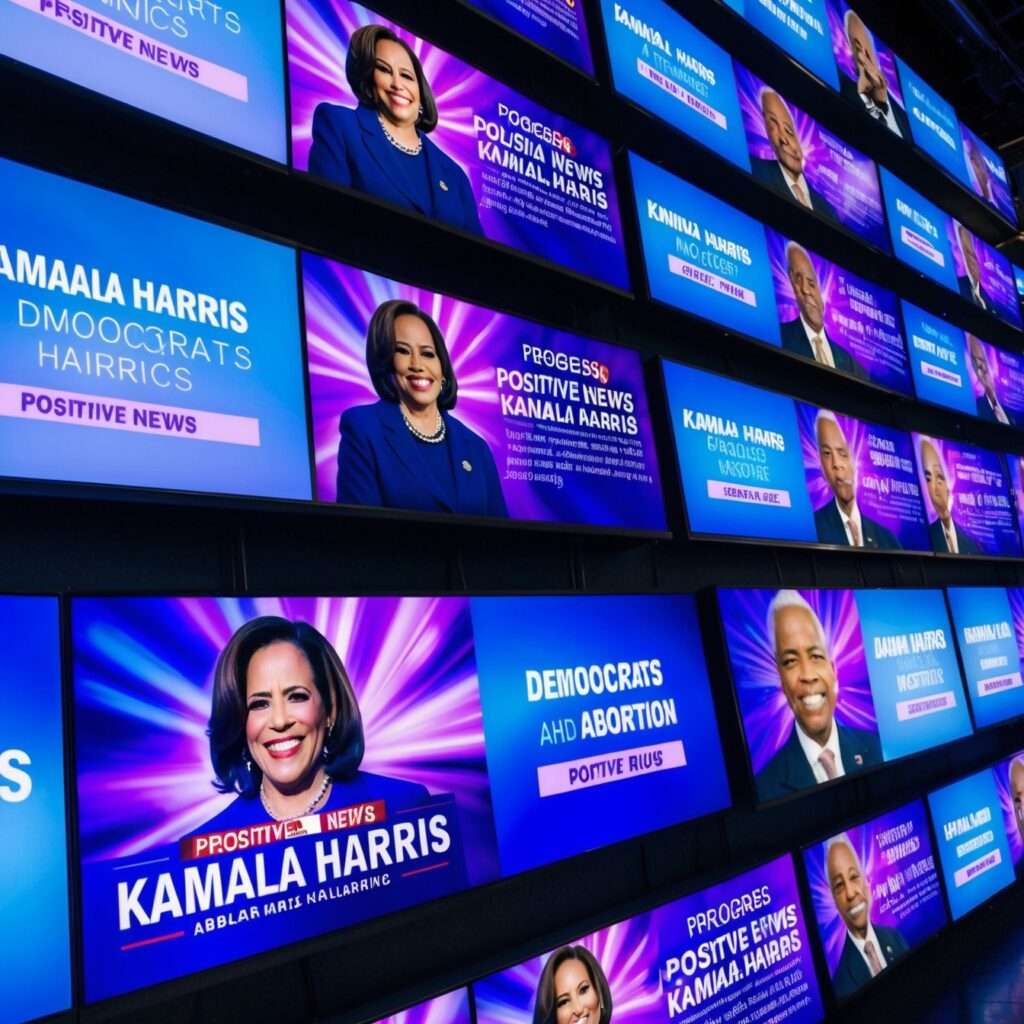
The Cost of Media Strategy: Spending and Endorsements
While Trump thrived on earned media, which allowed him to maintain constant visibility without the need for heavy spending, Harris’s campaign was reliant on paid media and celebrity endorsements. Harris, seeking to shore up support from younger and more diverse voters, spent millions on ads featuring celebrities like Beyoncé, LeBron James, and Oprah Winfrey. These high-profile endorsements were part of a broader strategy to craft a polished, modern, and progressive image.
However, the price tag of these celebrity endorsements came at a steep cost. Reports from the Federal Election Commission (FEC) show that Harris’s campaign spent over $150 million on advertising, much of it allocated to celebrity-backed promotions. This figure also includes substantial spending on social media campaigns and television ads. But while her campaign spent heavily on media, it failed to generate the grassroots enthusiasm that Trump was able to cultivate with his earned media.
By comparison, Trump’s campaign spending was much more focused on mobilizing his existing base and securing free media coverage. Though his campaign also spent millions on traditional advertising and digital outreach, much of his visibility came from rallies, public appearances, and the constant stream of media coverage—both positive and negative—that followed him wherever he went. In total, Trump’s campaign spent around $120 million, significantly less than Harris’s, but his visibility and media attention arguably played a more significant role in swaying voters, particularly in key battleground states.
The disparity in spending is particularly notable when considering how much Harris spent on celebrity-backed ads, which were designed to appeal to younger voters and marginalized communities. While these endorsements may have helped her build a positive image, they ultimately could not overcome the disconnect many voters felt toward her more traditional, elite-backed campaign. In contrast, Trump’s earned media strategy played into his populist narrative, further cementing his standing as an outsider.
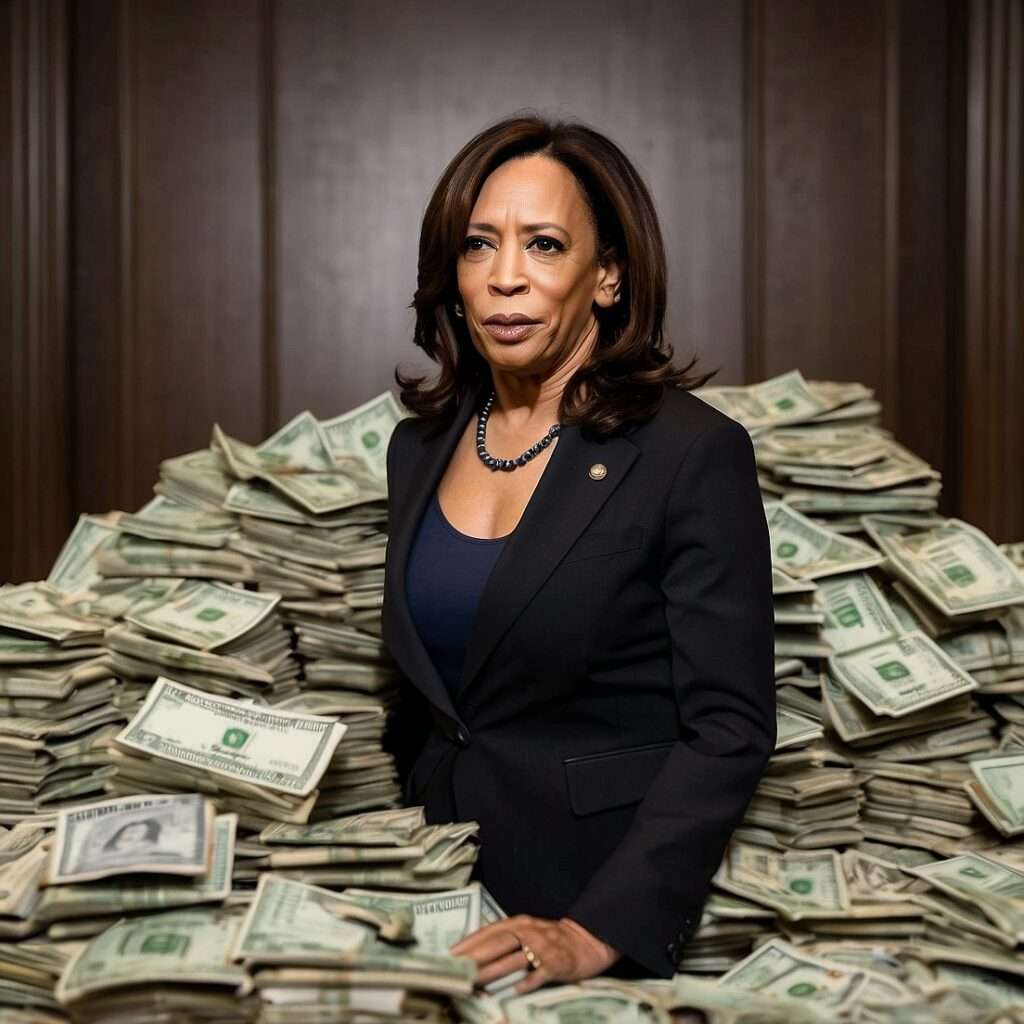

Trump and Harris Media Coverage: A Tale of Bias and Contrasts
Another factor in Harris’s loss was the discrepancy in media narratives. While Trump faced constant criticism and negative portrayals, Harris’s positive media coverage was not without its drawbacks. The more the media painted her as a polished, celebrity-endorsed figure, the more her authenticity was questioned. Voters in key swing states, such as Ohio and Pennsylvania, began to view her as a candidate of the elite, someone whose campaign was more about image than substance.
On the other hand, Trump’s negative media narrative helped strengthen his connection with voters who saw him as a fighter for the people. Despite the 99% of coverage being negative, Trump’s refusal to back down from media attacks and his ability to turn each piece of criticism into a rallying cry further fueled his narrative as the only candidate willing to stand up to the political establishment and the media.
Harris’s campaign, despite its positive media coverage, was unable to overcome the broader skepticism surrounding her leadership abilities. Trump and Harris media coverage contrasted vastly, however, it was Trump’s visibility and ability to shape the media narrative—even through negative coverage—that proved to be more effective.
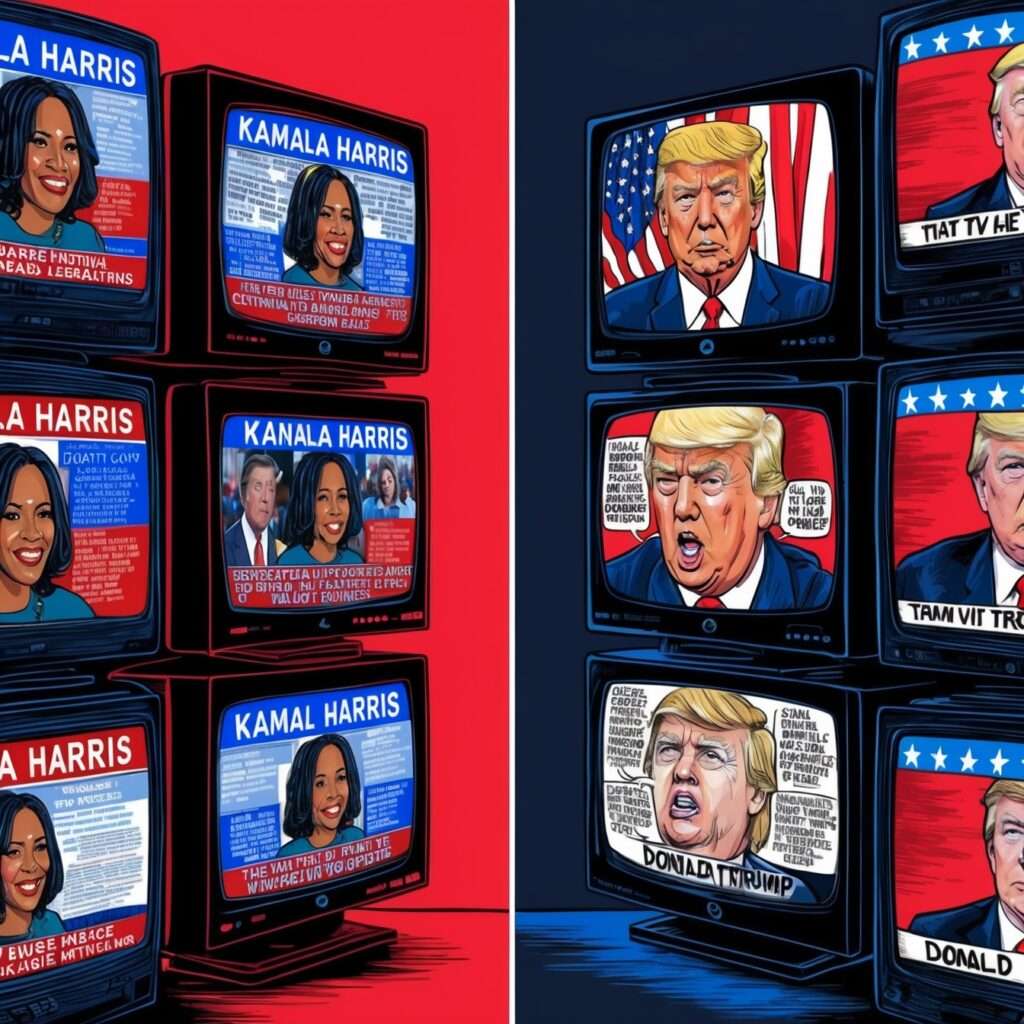
The Celebrity Backlash: Why Harris’s Endorsements Didn’t Stick
While celebrity endorsements may have seemed like a good idea at the time, they ended up causing more harm than good for Harris. Many voters viewed the Hollywood-backed endorsements as signs of elitism, and they began to see Harris as more concerned with appealing to wealthy and out-of-touch celebrities than addressing the real issues facing average Americans.
One of the key criticisms of Harris’s media strategy was her failure to connect with blue-collar voters in battleground states. While her endorsements may have energized younger, progressive voters, they did little to sway the hearts and minds of older, working-class voters who were critical to her campaign’s success. In contrast, Trump’s direct appeals to the working class, often bolstered by his inflammatory comments and media-generated spectacle, allowed him to retain a stronghold in critical swing states.
The Bottom Line: The Role of Media and Spending in the 2024 Election
In the end, the 2024 election proved that in today’s political landscape, visibility is everything. Harris’s strategy of relying on celebrity endorsements and paid media failed to generate the necessary voter enthusiasm, while Trump’s ability to dominate the media landscape with his unfiltered, controversy-driven approach kept him at the forefront of the race.
Despite spending significantly more on traditional media, Harris was unable to make the emotional connection with voters that Trump’s media narrative helped to cultivate. While Trump spent less on ads, his reliance on earned media—media coverage generated through his rallies, statements, and controversies—kept him in the spotlight and reinforced his position as the anti-establishment candidate.
As the dust settles on the 2024 election, it is clear that media narrative control, authenticity, and voter visibility played crucial roles in determining the outcome. Harris’s campaign, for all its positive press and celebrity endorsements, was ultimately unable to overcome Trump’s dominance in the media and his ability to tap into the populist mood of the nation.
DARWIN’s Take: The Paradox of the 2024 Election Campaigns
The 2024 presidential race was always destined to be one of extremes. Kamala Harris, riding the wave of overwhelming media support and a billion-dollar campaign fund, sought to secure victory with carefully crafted narratives and star-studded endorsements. On the other side of the ring stood Donald Trump, whose campaign operated on the very premise that negative media coverage would serve as a badge of honor, turning disdain into validation for his base.
In the end, Harris’ strategy, dominated by heavy ad spending and orchestrated media appearances, couldn’t close the gap. Despite spending well over a billion dollars, her reliance on paid media and the celebrity endorsements she amassed failed to turn her positive press into actual votes. Trump, in contrast, with a significantly lower campaign budget, leveraged the free publicity that his controversies generated. In the end, his ability to stay relevant through earned media, no matter how negative, provided the visibility he needed to secure a win.
But let’s not be naive. Harris’ loss isn’t just about how much money was spent or the tone of media coverage—it’s about the limits of traditional campaign strategies in an age of media saturation and voter skepticism. In this election, it wasn’t just about who could spend the most, but about who could speak to the people beyond the curated headlines and the ad buys. Trump understood this dynamic better than most, while Harris overestimated the power of positive press and celebrity endorsements to sway a polarized electorate.
In a political landscape shaped by distrust, even the most polished campaigns can’t outspend a candidate who’s become synonymous with resistance to the establishment. Harris had the money, but Trump had the narrative—and that made all the difference.
Explore More on Paranoid Prophet:
- Why Marco Rubio Could Be a Poor Fit for Secretary of State: A critique of Marco Rubio’s hawkish foreign policy stance and why it may escalate global tensions.
URL: Why Marco Rubio Could Be a Poor Fit for Secretary of State - National Divorce: Could Coastal and Central U.S. Thrive After a Hypothetical Regional Secession?: A deep dive into the growing divide in the U.S. and whether regional secession could be a viable solution.
URL: National Divorce: Could Coastal and Central U.S. Thrive After a Hypothetical Regional Secession? - Kamala Harris’s Interview Strategy and Election Impact: A look at how Kamala Harris’s media strategy hurt her campaign.
URL: Kamala Harris Interviews 2024: Media Strategy and Election Impact
Sources and Further Reading:
- Unpacking the Data Behind Trump and Harris Presidential Election Ad Spending
An in-depth analysis of the advertising spending by Trump and Harris in the lead-up to the 2024 election, including strategies and the effectiveness of their ad buys.
URL: https://www.ppchero.com/unpacking-the-data-behind-trump-and-harris-presidential-election-ad-spending/ - Trump vs. Harris Fundraising Race: Harris Outraised Trump 3 to 1 in Latest Pre-Election Report
A detailed look at the fundraising efforts of both candidates and how Kamala Harris was able to significantly outpace Trump in donations.
URL: https://www.forbes.com/sites/alisondurkee/2024/11/04/trump-vs-harris-fundraising-race-harris-outraised-trump-3-to-1-with-last-pre-election-report/ - The Fiscal Impact of Harris and Trump’s Campaign Plans
An exploration of the fiscal consequences of both Trump and Harris’s proposed campaign policies and how their economic strategies are shaping their respective candidacies.
URL: https://www.crfb.org/papers/fiscal-impact-harris-and-trump-campaign-plans
